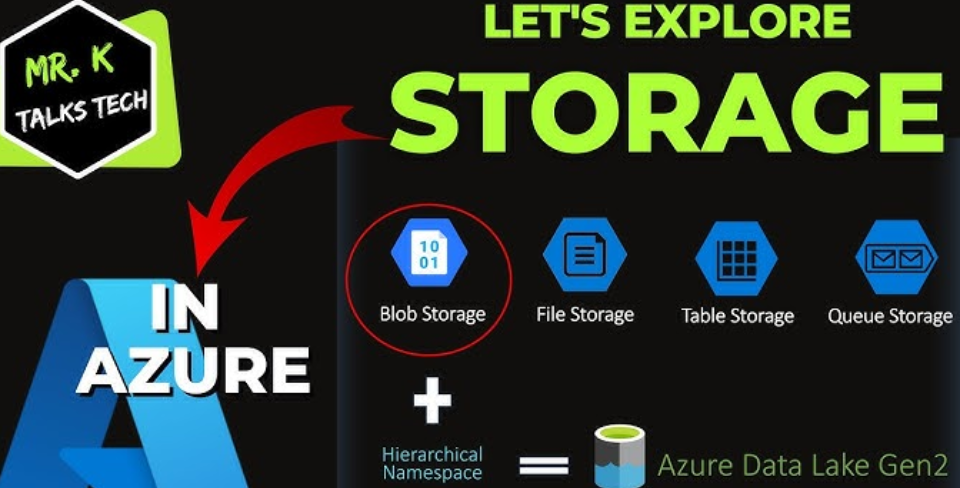Lightweight components
In the world of microservices, there exists an interesting paradox when it comes to security. On the one hand, the overall architecture of an application built on microservices is inherently more complex, thereby increasing the attack surface. On the other hand, each individual microservice is a lightweight component with a minimal attack surface, thanks to its simplicity and ephemeral nature. This duality presents both challenges and opportunities in securing microservices-based applications.
Security benefits
The lightweight and ephemeral nature of these containers offers significant security advantages. With fewer lines of code and fewer dependencies, the attack surface for each individual microservice is reduced. Additionally, the ephemeral nature of containers—often having shorter lifespans compared to traditional monolithic components—means that even if a container is compromised, it is less likely to be a persistent threat.
Balancing complexity and simplicity
While the lightweight nature of individual microservices offers security, it is imperative to keep the broader architectural complexity in view. The overall complexity of the application still exists and requires a comprehensive security strategy. However, understanding the benefits and limitations of lightweight components can help in crafting a more nuanced and effective approach to both security and operations.
In conclusion, the complexity and flexibility inherent in microservices architectures necessitate a rethinking of traditional security models, a task made even more critical when deploying these services in cloud environments such as AWS.
Securing communication between services
Unlike monolithic architectures, where components often reside in the same memory space, microservices communicate over a network, which exposes them to a variety of security risks. Their distributed nature introduces multiple points of interaction, each of which could be a potential security vulnerability. This section aims to provide a deep dive into implementing secure communication methods between microservices.



